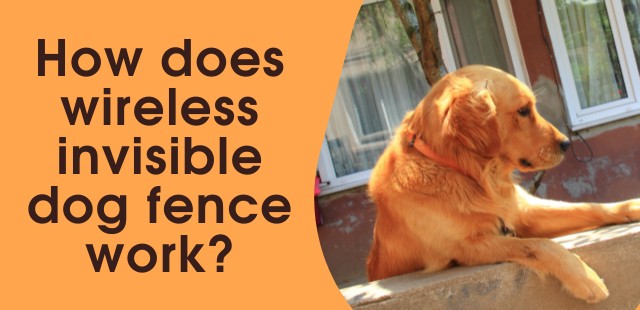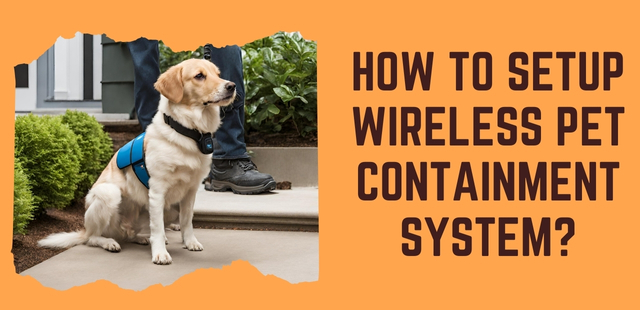
A wireless invisible dog fence is an electronic dog-training device that uses small electrical charging to help keep the dog inside the backyard.
A transmitter is plugged into an acceptable outlet and emits a sound that moves along underground wires. The Boundary is hidden with a receiver. Your dog’s collar emits an alarm tone when your dog gets too close to the borders.
If the dog cannot turn away, the dog responds with a subtle but definitive static correction. It’s not a big deal, but it can be uncomfortable enough to force the dog to understand the new boundaries and to remain in the safe area within the garden.
No one can observe the boundaries you’ve put in place, but your dog is aware that they’re there. You can use these systems to establish limits that your dog cannot cross or dig beneath.
They can help us to keep dogs clear of gardens and swimming pools and restrict them to their backyards.
The charge your dog is likely to feel when it touches the receiver on the collar is a little stronger than the shock generated by static electricity.
It’s designed to attract your dog’s focus, not to harm it. After it’s been learned, your dog’s brain will respond to the sound signal and not experience any shock.
How much does an invisible dog fence cost?
The cost of installing an invisible dog fence ranges between $950 and $1500. Numerous factors influence the cost of an underground electric fence:
If you own a robust dog, or you have multiple dogs of different sizes, you’ll need to have additional options for corrections for you to customize the corrective measures for your dog.
If you own an 80-pound lab and a 20-pound pug, you’ll require the right system to work for both dogs. These systems cost more.
How to install an invisible dog fence across the driveway?
The steps may differ depending on the product. However, here are the basic steps of the installation.
Step 1:
The first step to installing your system is to mount the transmitter. (You’ll have already chosen your mounting spot at the time of planning.) Make sure you install it in the manner recommended by the manufacturer.
Step 2:
Then, using the graph paper graph you made earlier, place the wire along the proposed Boundary. The signal can be canceled when you twist the wires.
It is very useful when the wire is running between the boundary lines between the transmitter and boundaries or over obstacles like swimming pools that are located in the containment zone. (See the illustrations for an example).
Step 3:
Connect the two ends of boundary wires with the transmitter and then switch the system on.
Step 4:
Check the collar to make sure that it’s functioning correctly. The collar should sound an audible signal when you approach the border.
Step 5:
If you are satisfied that everything is working, you can begin cutting a trench from 1 up to three inches in depth along your scheduled Boundary. Do not run the boundary wire near chain-link fences.
Step 6:
Pet containment devices are particularly vulnerable to lightning strikes and surges of power. Therefore, it’s crucial to secure your system with a grounding system to safeguard it from harm.
The system you purchased will have detailed instructions for grounding. Do not miss this step, as it can protect your system from damage that could be catastrophic.
Tip:
It is important to decide the distance you would like your dog to travel to the Boundary without being given an alert. The distance you choose can be changed via an indoor radio.
Specific systems can operate up to 30 feet away from the Boundary and as close as 1 foot. Be sure that your dog has enough room to run and play without discomfort.
Other essentials to remember:



